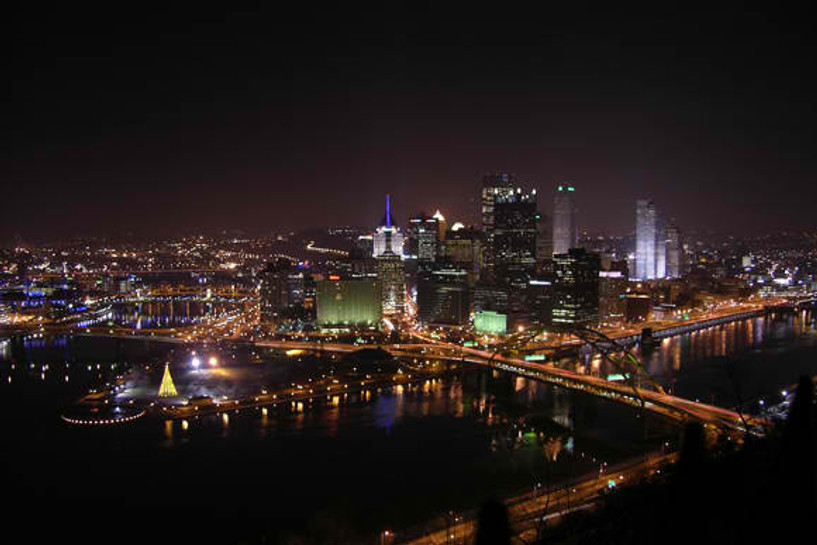DSLR cameras come packed with lots of great features and give users more than a few reasons to keep the camera in one of the many Auto modes. When you want more control over your photos and need to get more out of your camera’s performance, it will be time to turn that mode dial to one of the manual shooting modes. Your camera comes equipped with a full manual mode as well as semi manual modes, below is a brief breakdown of each.
M or Manual Mode: When you are in Manual Mode, you have complete control over the exposure your camera is using. Both the shutter speed and aperture need to be set independently in this mode, which can give you the ability to tailor your camera’s exposure to the photo you are taking exactly how you would desire. The Manual Mode is useful in most photographic situations but sometimes letting the camera do a bit of the work can save you some time.
A (AV) – Aperture Priority: Aperture Priority Mode is ideal if you have a desired aperture in mind that you want to take your photos with. Whether you want to make sure you are getting a shallow depth of field at F1.4 or you want to make sure you have lots in focus at F11, you choose the aperture and the camera will set the shutter speed to give you the proper exposure.
S (TV) – Shutter Priority: If you are shooting sports or any sort of action, the Shutter Priority Mode is a safe way to make sure your photos will be crisp and clear. Much like the Aperture Priority setting, you choose the shutter speed and the camera will adjust the aperture to match the shutter speed to produce a proper exposure.
P – Program: Program Mode is very similar to the Auto Mode on your camera, but it allows you to change your white balance, ISO, flash, and other advanced settings. Program Mode may change slightly between different camera models so it is best to consult your user manual.
Taking photos in the Semi-Manual Mode can save a lot of time and effort. However, if your photos are coming out too bright or too dark, changing the aperture or shutter speed is going to result in the same under or overexposed photo because the camera thinks the exposure used is correct just with a different aperture or shutter speed. To correct this without changing to the manual mode is quite simple; by setting your EV compensation to plus or minus (+/- button), you can increase or decrease the exposure without changing the aperture or shutter speed. + will make a scene brighter, while the inverse – will make your photo darker.
Bonus! Bulb Mode: Some cameras have this setting in the Manual Mode, while other cameras like Canon DSLR’s have a dedicated Bulb Mode. In the Bulb Mode, you determine the shutter speed by how long you hold the shutter release down. When you press the shutter release button, the camera will start to take a photo and will stop as soon as you let go of the shutter release button. This mode is necessary when taking long exposure photographs that exceed your camera’s slowest shutter speed. You could be photographing waterfalls, nighttime cityscapes, and fireworks, anything that requires the shutter to be open for an extended period of time. If you plan on using the Bulb Mode, I would highly recommend getting a cable release or wireless remote for your camera that allows you to lock the shutter. It will remove you from physically touching the camera during a long exposure and so you don’t have to hold down the shutter release for 20 minutes!
I’ve met many photographers, enthusiasts, amateurs and many in between that all swear by one mode and rarely deviate from it. Make sure to try each mode in different situations to find what works best for you and your shooting style, and what you are most comfortable with.
Have a topic you would like covered in our blog? Leave a comment on this post with topics you would like to see! If you would like to share your photos with us, please email them toadvantage@bccamera.com.
Images are from http://freerangestock.com/
Photo 1 by Mike Hamm – Downtown Pittsburgh
Photo 2 by Chance Angrella
Photo 3 by Tracy Dwight – Aggressive Lions
Photo 4 by Diane Bradley – Oneida Falls at Ricketts Glen State Park






